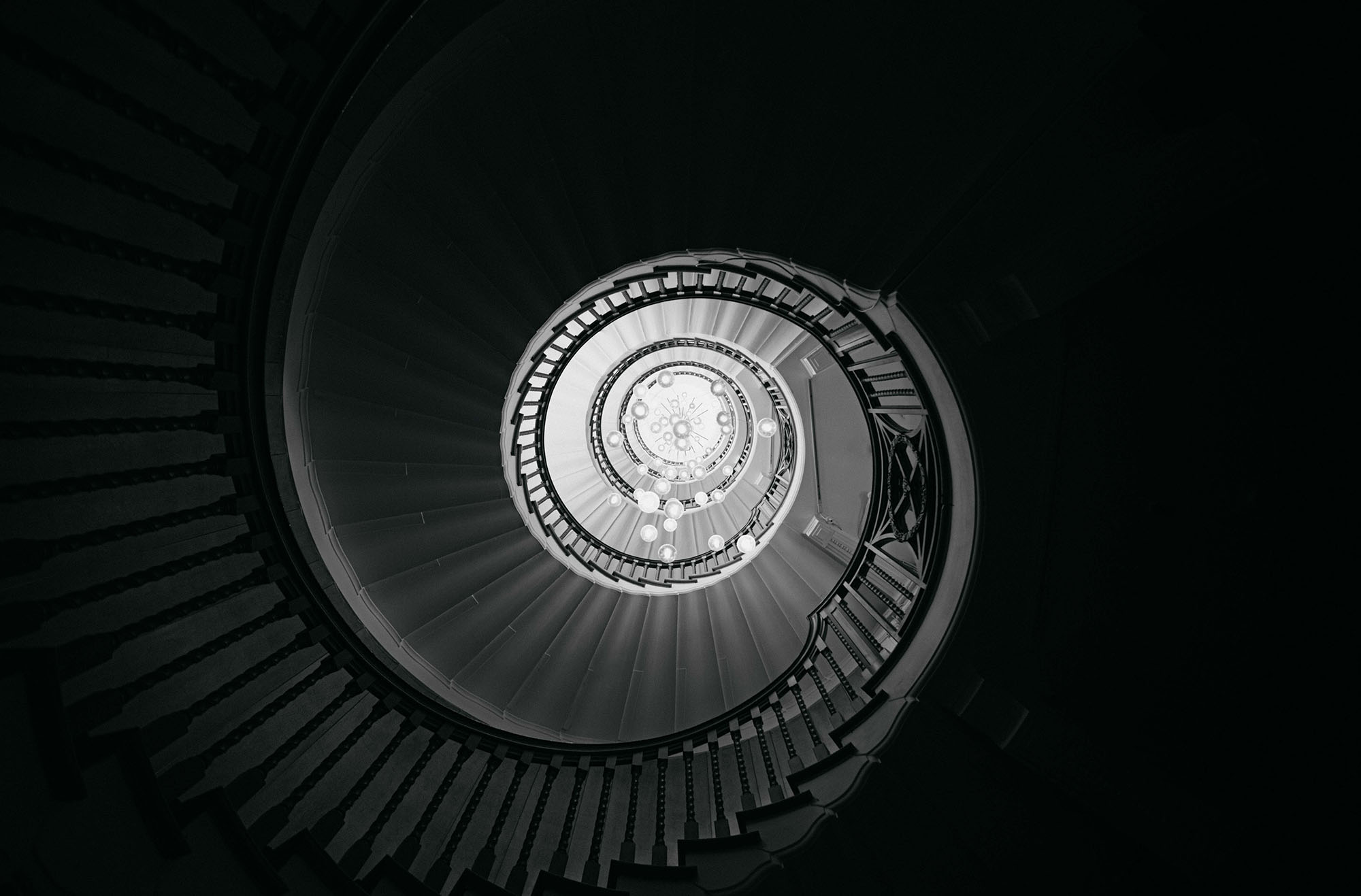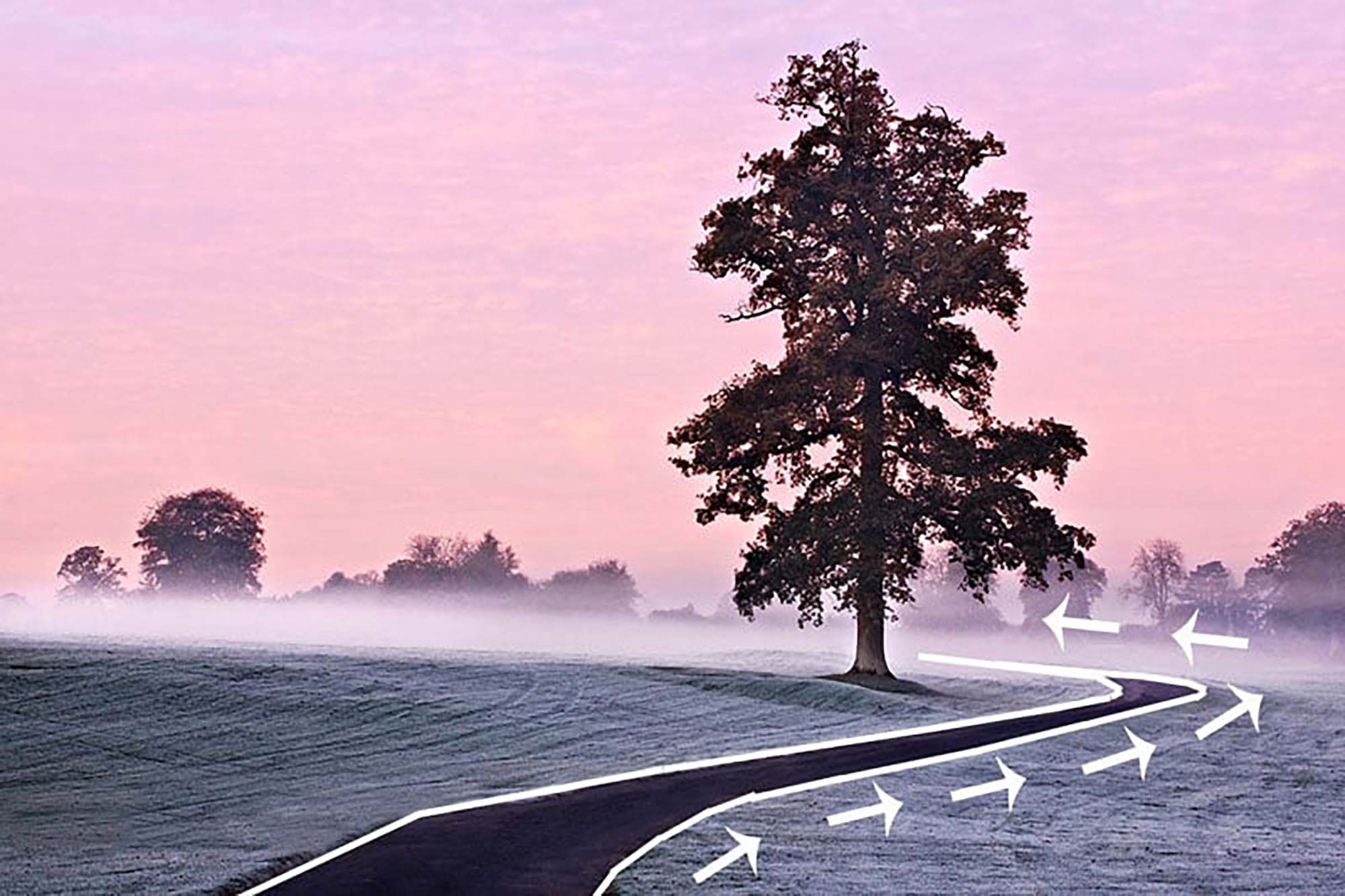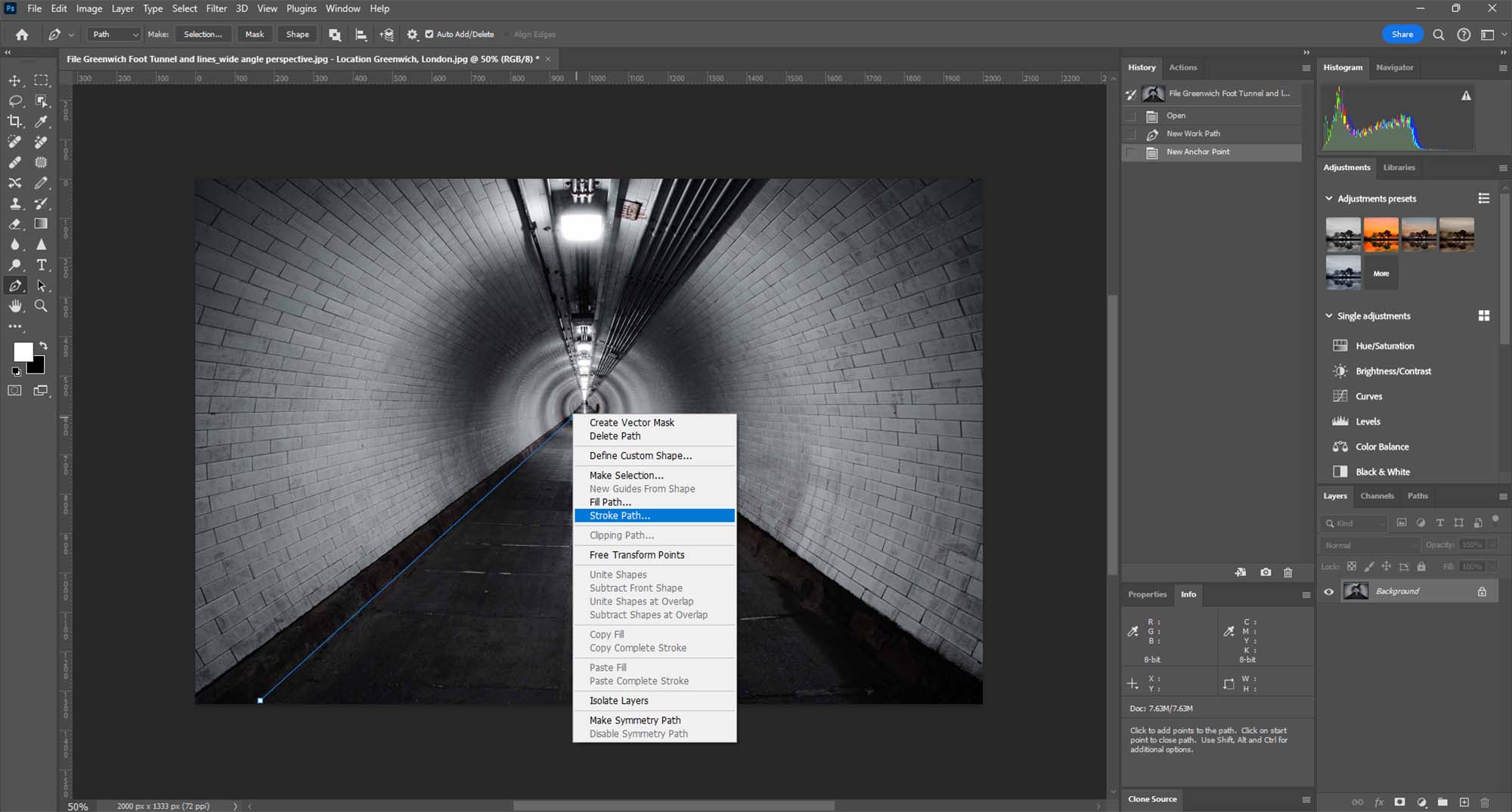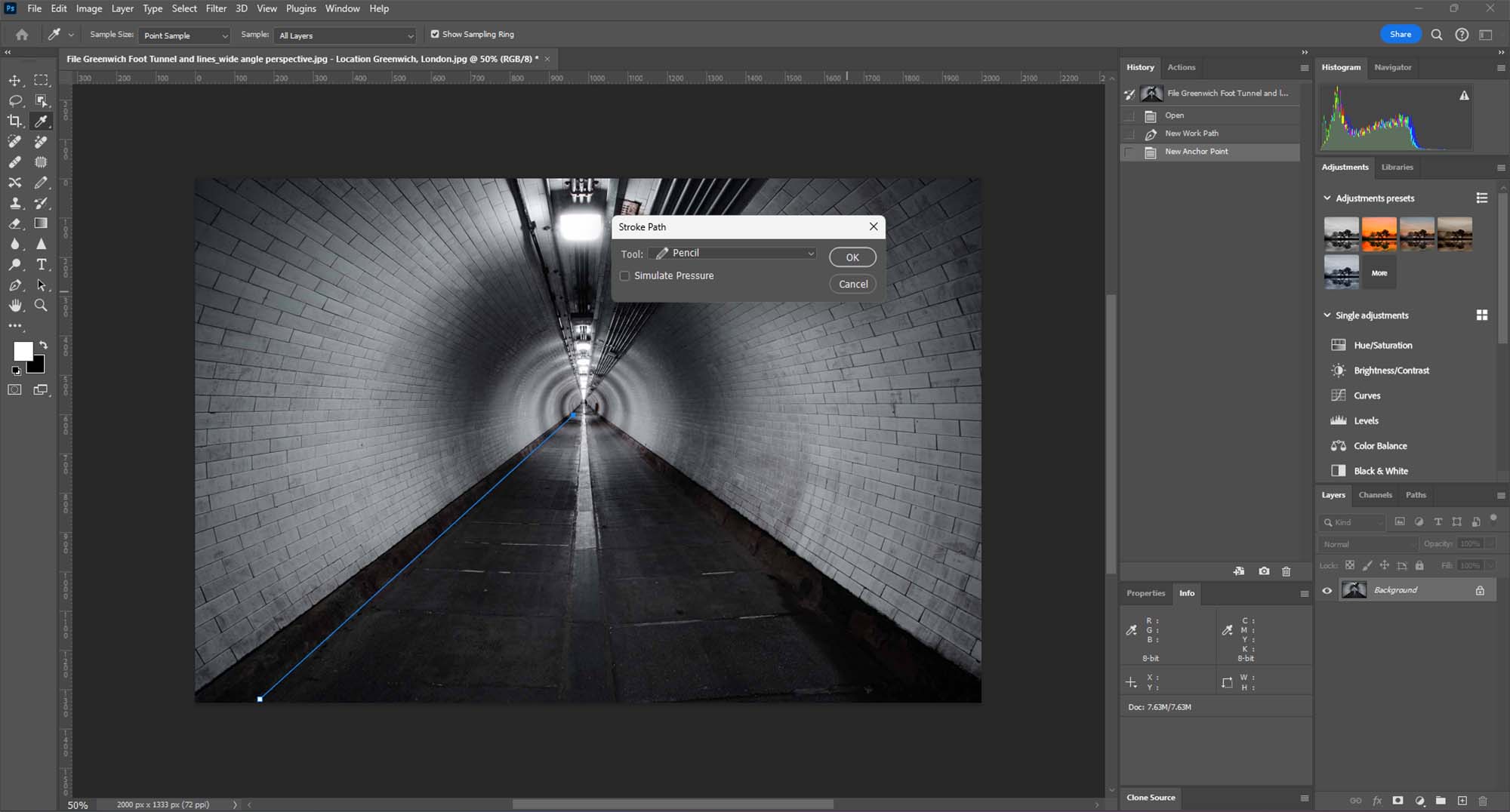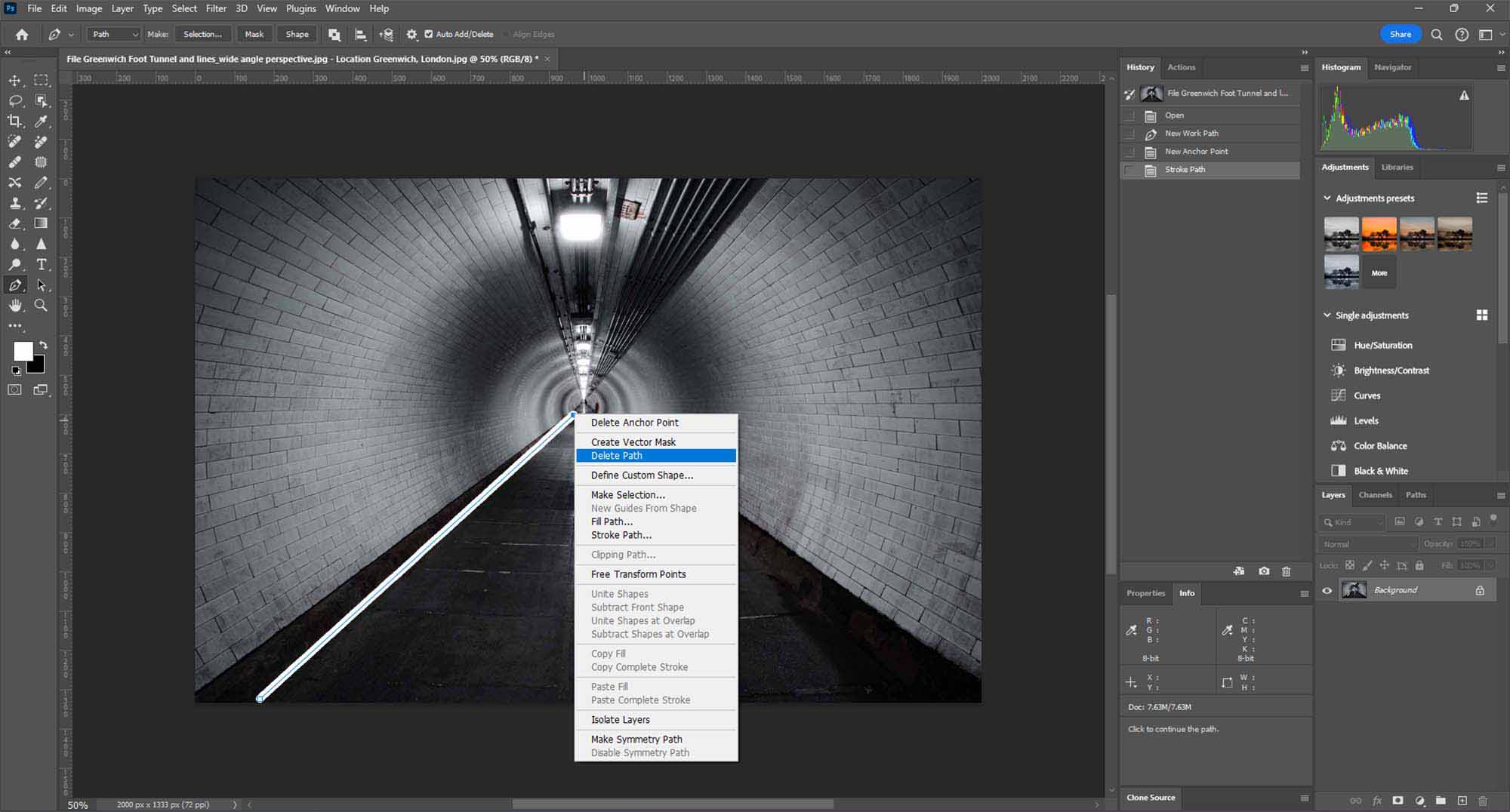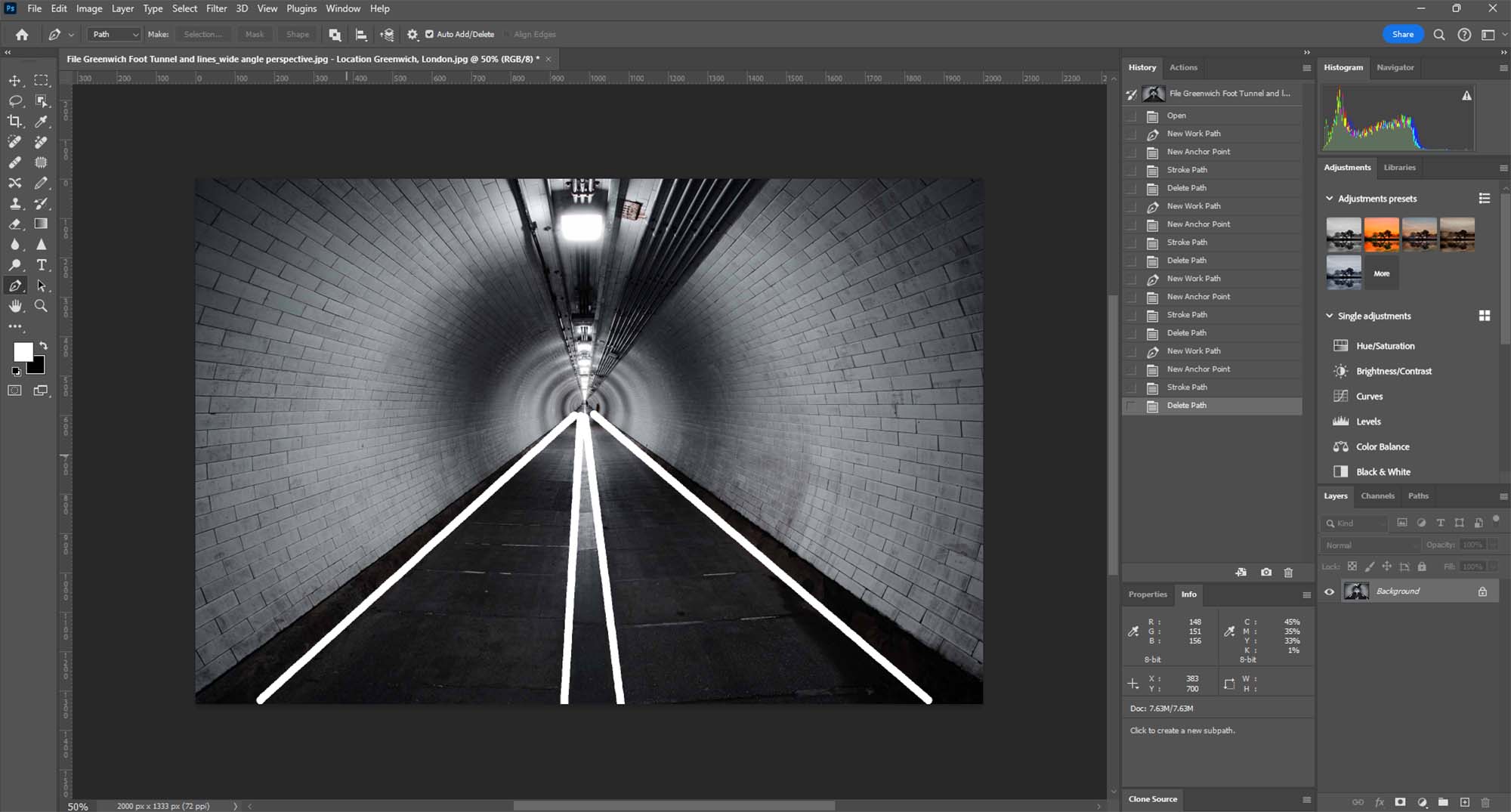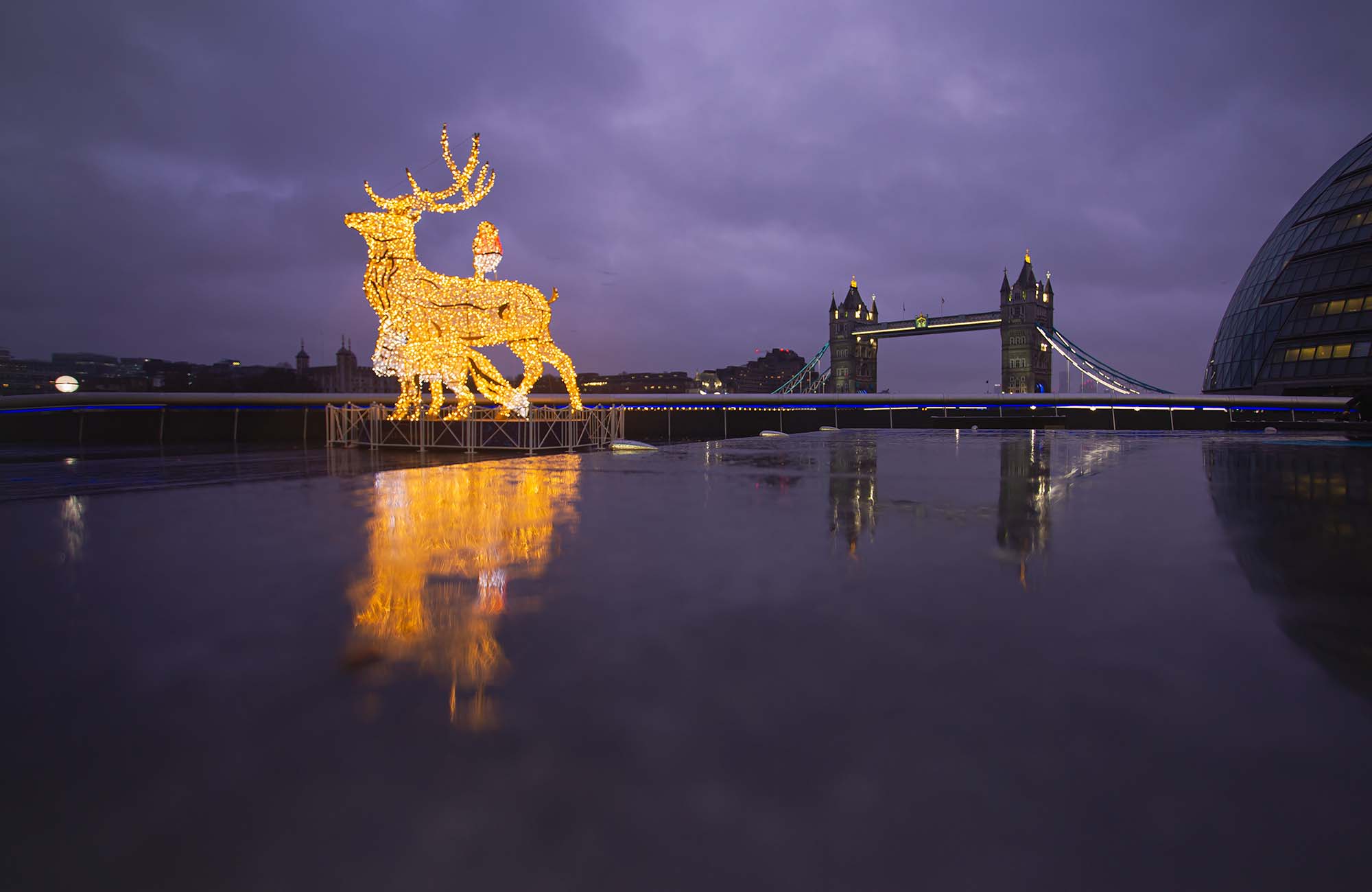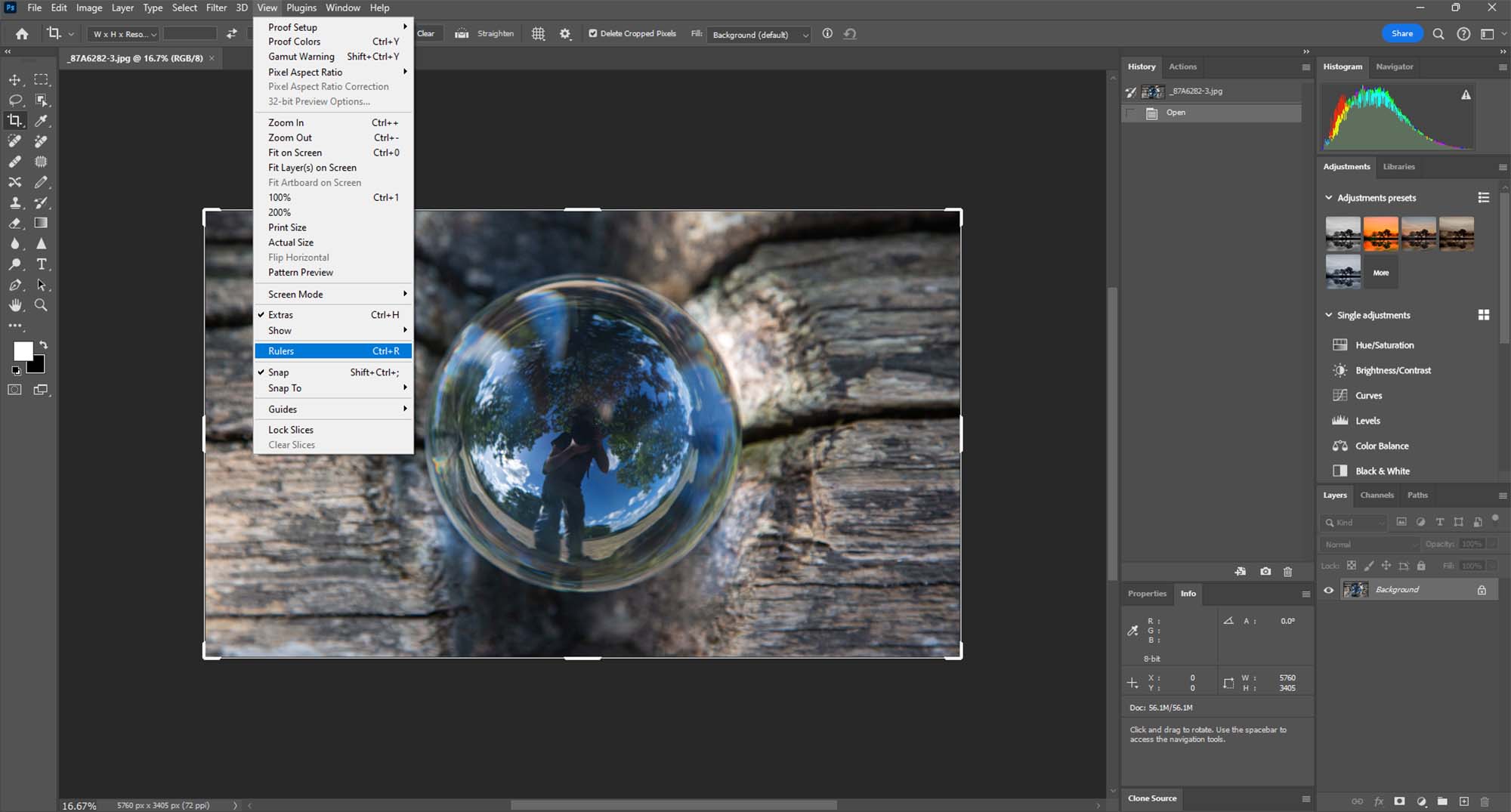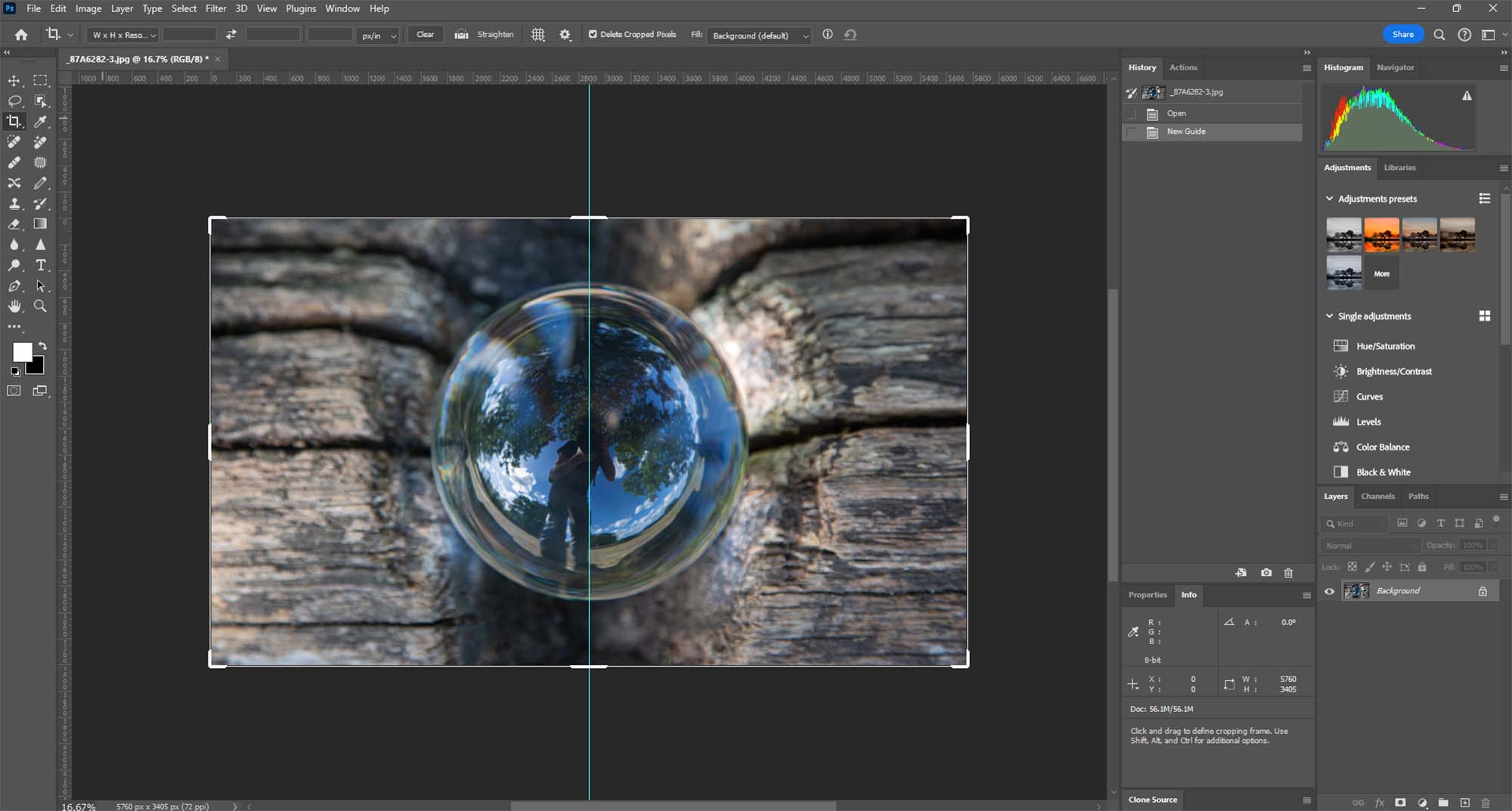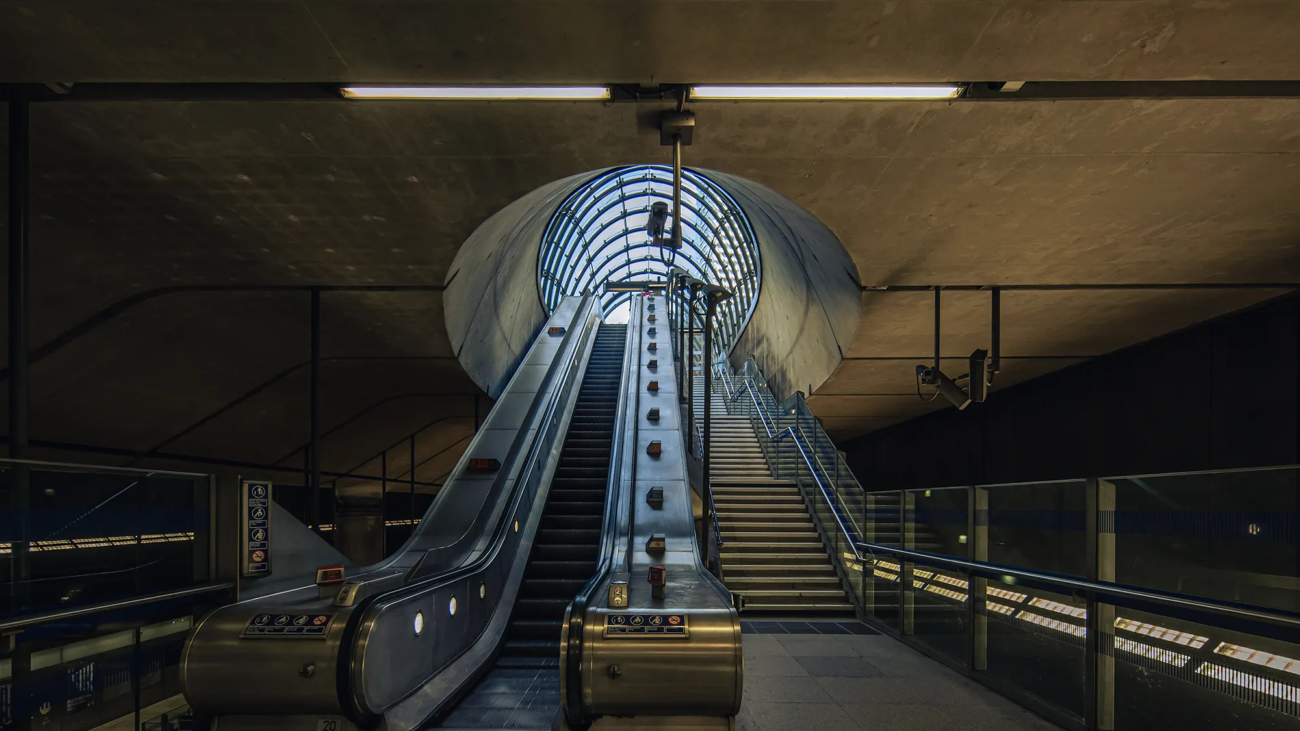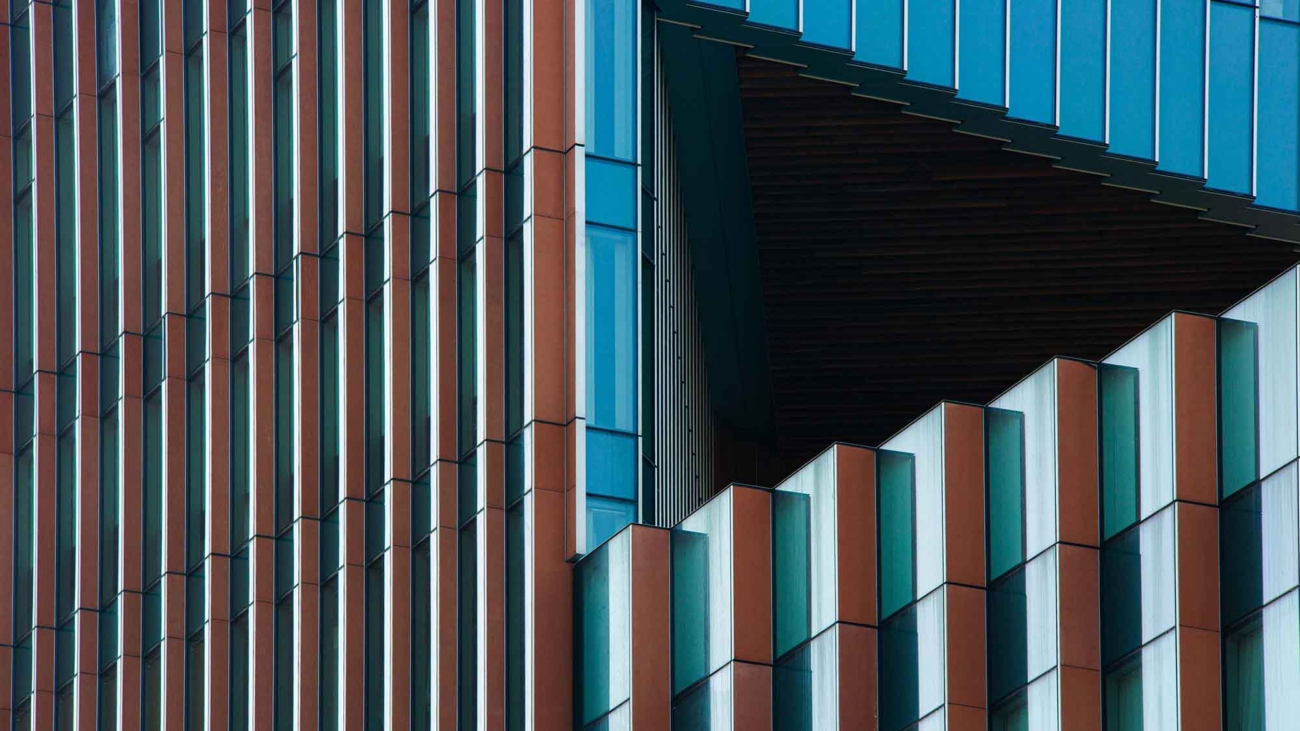Introduction: The Intricacy of Complex Scenes
Creating complex scenes in photography is an art that involves arranging multiple elements in a frame in a harmonious yet intricate manner. This guide will delve into how to effectively compose these scenes to captivate and lead the viewer’s eye through a visual journey within your photograph.
Understanding Complex Scene Composition
Complex scene composition is about more than just filling the frame with elements; it’s about creating a narrative, evoking emotions, and guiding the viewer’s eye through the image. The key is to maintain a balance that intrigues without overwhelming.
Creative Process: Building Complex Compositions
- Identifying Key Elements: Start by identifying the main elements of your scene. These could be subjects, colors, patterns, or textures that you want to highlight.
- Layering Your Composition: Think in terms of layers – foreground, middle ground, and background. Each layer should contribute to the overall scene without cluttering it.
- Creating Visual Pathways: Arrange elements in a way that creates a natural flow or pathway for the eye to follow through the scene.
Tips for Photographers
- Balance is Crucial: Ensure that your composition is balanced. Use color, light, and shadow to create visual harmony amidst the complexity.
- Utilize Leading Lines: Incorporate leading lines to guide the viewer’s eye through the photograph.
- Play with Depth of Field: Use depth of field creatively to highlight certain parts of your scene while allowing others to recede into soft focus.
- Keep the Viewer Engaged: Arrange elements so that the viewer discovers something new each time they look at the image.
Advanced Techniques in Complex Scene Composition
- Juxtaposition: Use juxtaposition to add interest and contrast within the scene.
- Color Theory: Apply color theory to create a visual flow and harmony between various elements.
- Repetition and Patterns: Utilize repetition and patterns to create a rhythm in your composition.
Practical Applications in Various Genres
- Street Photography: Capture the complexity of urban life, focusing on the interplay between people, architecture, and urban elements.
- Landscape Photography: Compose layered landscape scenes with elements like trees, rocks, water, and sky to add depth.
- Event Photography: Capture the hustle and bustle of events, ensuring each element contributes to the story of the event.
Conclusion: The Art of Visual Complexity
Mastering complex scene composition is a journey in learning how to see and convey intricacy in a harmonious way. It challenges photographers to create images that are rich in detail and story, offering new discoveries with every view.
O Carroll, B. (2016). 28 Composition Techniques That Will Improve Your Photos.
References
O Carroll, B. (2016). 28 Composition Techniques That Will Improve Your Photos. [online] PetaPixel. Available at:
https://petapixel.com/photography-composition-techniques/
[Accessed 14 December]



